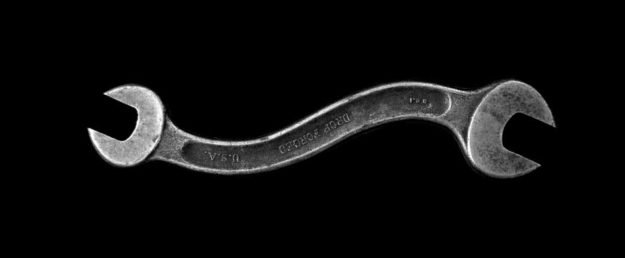Relapse and Recovery, Mary’s Story.
Mary was a fun-loving girl. In college, she started drinking and experimenting with drugs, and it was part of the college adventure. She believed that she was in control and that everything was okay – until it wasn’t. “You are a functioning member of society,” she explains, “until one day you’re not!”










